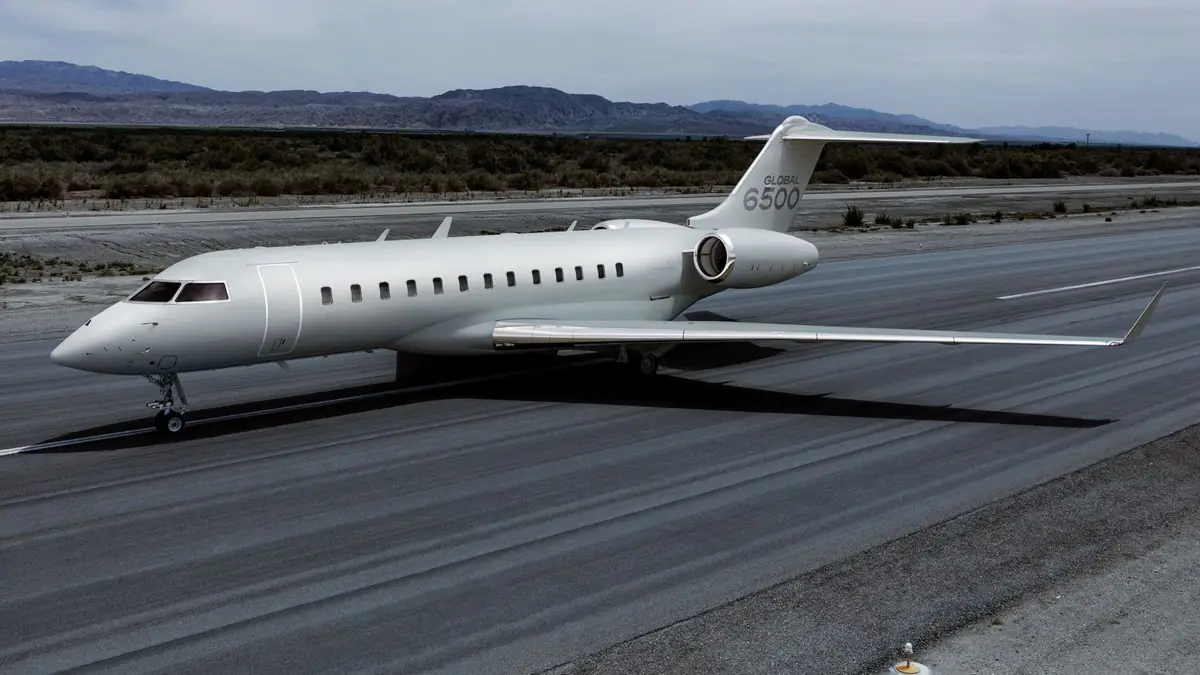Have you ever wondered why airplane windows are round? Let’s delve into it.
Over the years, through significant breakthroughs in aerospace engineering – from humble beginnings with gliders to massive airliners capable of carrying hundreds of passengers and incredible amounts of cargo – humanity has continuously optimized and refined the aerodynamics and structure of the aircraft that bring us the miracle of flight.
Aircraft design is primarily based on the requirement of maximum safety for passengers, making it crucial to understand how various elements of an aircraft’s structure behave at high speeds. For instance, today, we can’t even imagine an airliner with windows of any shape other than oval, but it wasn’t always this way.
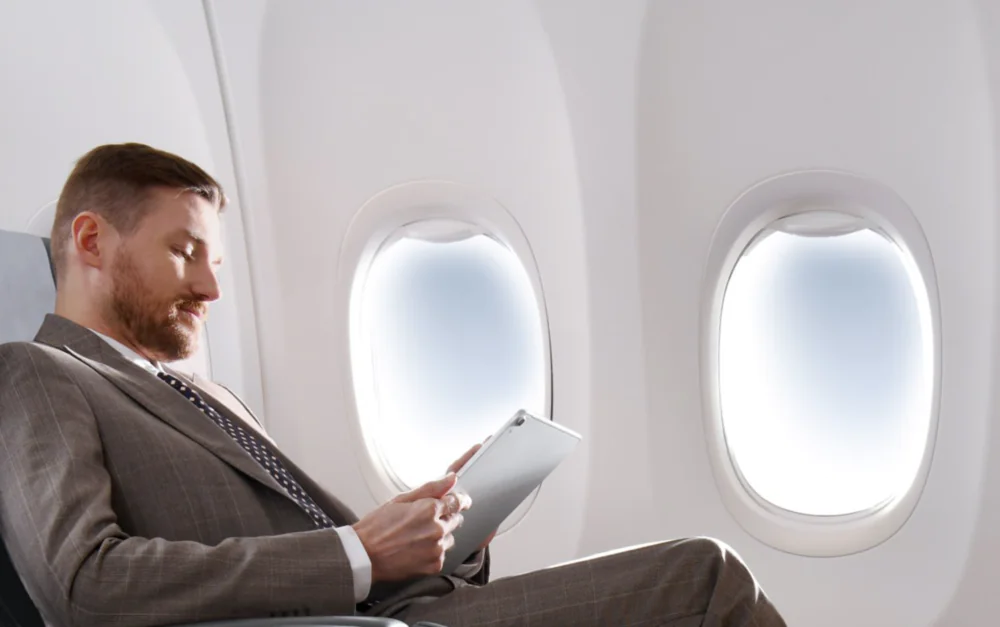
It turns out that this crucial design element of an airplane cost the lives of dozens of people. In the 1950s, several tragic crashes involved aircraft equipped with square windows.
The switch to the now-familiar rounded shape was a direct response to the serious structural consequences caused by angular windows. The development of the modern airplane window shape came at the cost of several severe accidents.
It wasn’t until the late 1960s that the first airplanes with rounded windows appeared, and this change was made not just for aesthetic reasons. The real reason that forced designers to permanently alter the design of aircraft was quite different. Today, nearly every aircraft of this type uses rounded windows, and even if the shape varies slightly, the corners are still rounded and smoothed. Why is this the case? To find the answer, we need to go back several decades.
Read also: Why Passenger Planes Don’t Have Parachutes
TABLE OF CONTENT:
Early airplane designs
Initially, airplanes didn’t have windows at all. If you look at any photograph of the Wright brothers’ early flying machines, you’ll immediately notice the absence of windows or even solid, durable structures. Their primary goal was the concept of powered flight itself. They didn’t need to worry about passenger comfort, nor did they fly high or fast enough for it to matter. However, as airplanes continued to improve, and the range, altitude, and speed of flights increased, pressurized cabins became necessary for passenger comfort and safety. The first pressurized aircraft began to be built around 1940.
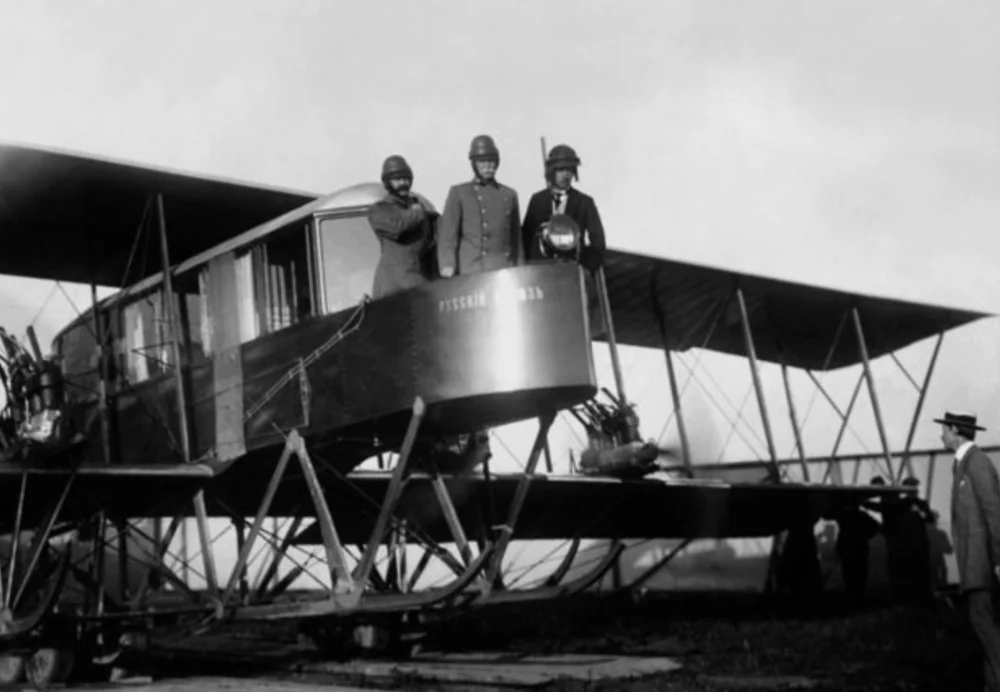
However, the windows in these planes were rectangular. The reason was largely aesthetic – they simply looked better with this design. As for functionality, there were no immediate issues, as the planes operated at limited altitudes.
As air travel rapidly expanded, companies continued to use this design choice, which eventually led to catastrophic consequences. But before we delve into that, let’s explore the scientific aspect of this issue.
Read also: Autopilot in Aircraft: History and How It Works
Basic laws of physics
As air travel evolved, engineers discovered that the higher planes fly in the atmosphere, the less turbulence and resistance they encounter. This allowed aircraft to fly faster and consume less fuel in the thinner atmosphere. However, such an increase in altitude required maintaining adequate pressure inside the aircraft to ensure that the crew and passengers could breathe comfortably at altitudes of around 10,000 meters or higher..
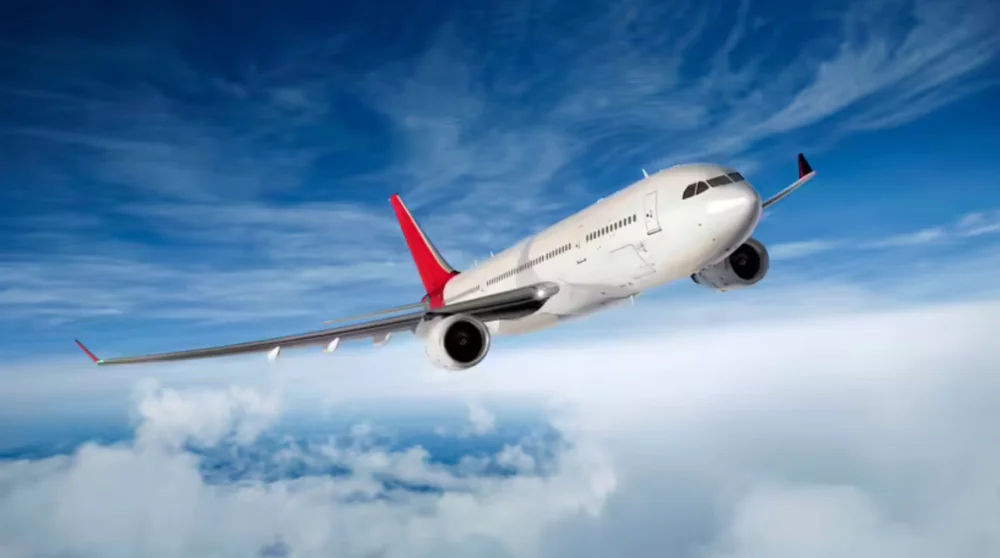
To function properly, the cabin needs to have a cylindrical shape. However, changing the shape of the cabin leads to a difference in pressure between the inside and outside air, and this difference increases as the plane climbs higher. As the pressure builds, the aircraft’s fuselage slightly expands, putting the materials under significant stress.
Adding windows disrupts the uniform distribution of this stress. Rounded windows, when subjected to pressure, have greater structural integrity, allowing them to evenly distribute the load, making them more resilient. Square windows, on the other hand, do not have this advantage. The corners of square windows are weak points that can crack or shatter under stress.
Unfortunately, engineers realized this only after a series of terrible accidents.
Read also: Best Ukrainian Military UAVs, Part 1: Reconnaissance and Targeting
de Havilland Comet – the worst airliner in history?
May 1952. The first commercial jet airliner in history, the de Havilland Comet, officially debuted in the civil aviation market. The airliner featured a fully aerodynamic fuselage, square windows, and a pressurized cabin, which also provided excellent sound insulation from the engines. On paper, the aircraft had everything it needed to become a commercial hit. Little did anyone know, it would turn out to be quite the opposite.
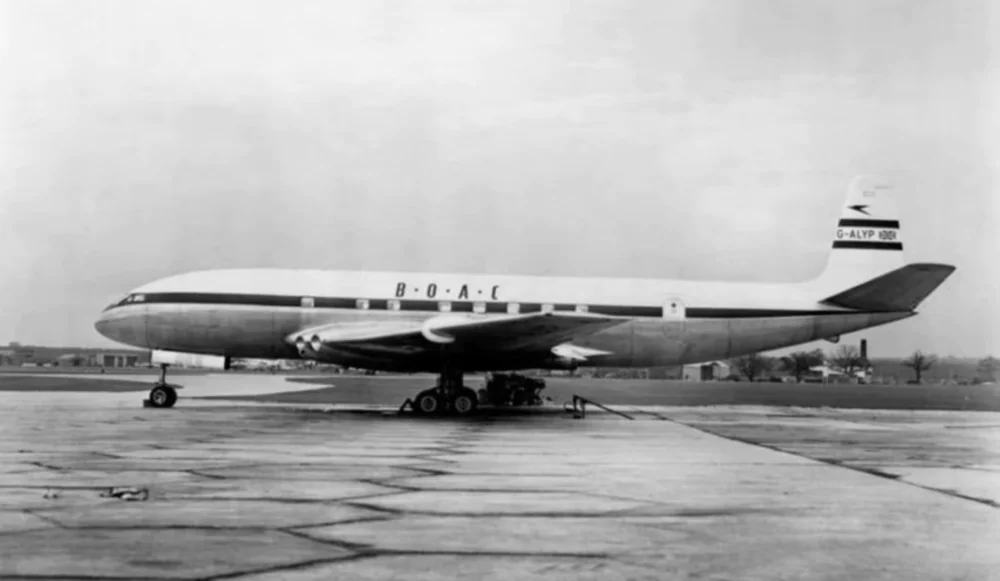
Just a few months after its debut, production and operation of the aircraft were halted to undergo a thorough redesign. What was the cause? The suspension followed three catastrophic crashes in May 1953, January 1954, and April of the same year, resulting in the loss of 99 lives. The developers were in shock, the company suffered financial losses, and passengers were reluctant to purchase tickets for the de Havilland Comet. It became clear that all airliners needed to be grounded immediately to prevent further tragedies. Aviation accident specialists began investigating the causes of these unfortunate incidents.
Read alsoе: Best Ukrainian Military UAVs and Drones, Part 2: Reconnaissance and Deep Strike
Square windows are the source of the problem
The de Havilland Comet case was investigated very thoroughly because the aircraft had passed rigorous testing before its commercial debut. As the first of its kind, it was subjected to various types of testing. Scientists and engineers began to search for the causes of these puzzling crashes. A long investigation was launched to determine why the planes seemed to disintegrate in mid-air.
It was initially discovered that the tests conducted were poorly planned. In short, when the fuselage was subjected to pressure testing, the metal around the windows deformed almost imperceptibly. This, in turn, concealed the fact that there was an extraordinarily high concentration of stress at those points. These stresses affected the aircraft at high altitudes. The deformed metal placed less strain on the windows during the tests, which the Comet designers were unaware of. In fact, they had simply overlooked this issue, assuming the deformation was within acceptable limits for such tests. It was these increased stresses at the corners of the windows that caused damage to the aircraft’s fuselage and cabin depressurization.

In short, shapes with sharp corners are structurally weak compared to rounded forms or arcs. After the de Havilland Comet disasters, aircraft designers finally understood this principle and have not used square windows since. The same principle is applied in ships as well, since their hulls also endure significant stresses. Unfortunately, in the case of airplanes, this knowledge came at the cost of several lives.
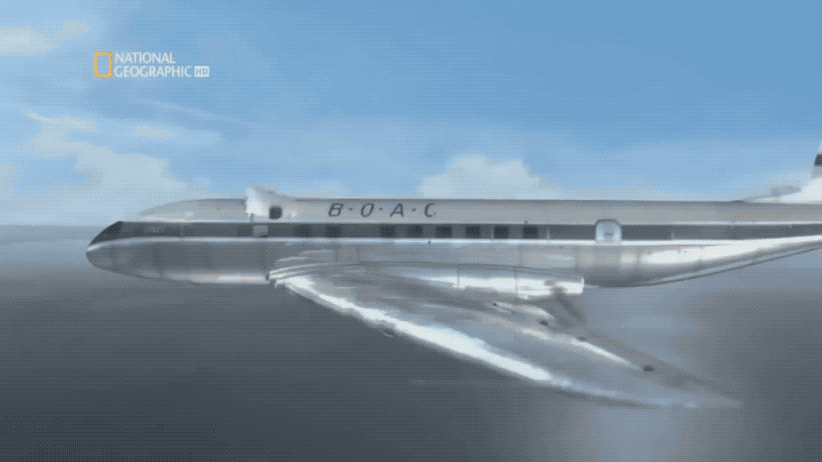
So, the key factor was metal fatigue. It’s worth noting that materials science was not very advanced at that time, but after extensive testing of the de Havilland Comet’s fuselage, it was determined that the metal surrounding the window corners cracked during the aircraft’s ascent in flight.
Thus, the world of civil aviation discovered the benefits of rounded portholes.
Read also: “Invisible” Aircrafts: How Stealth Technology Works in Aviation
What is a porthole window?
A porthole is typically a round window that can either open or remain closed. They are used on airplanes, ships, and in buildings. Often, a porthole window in a house serves as a decorative element, creating a unique ambiance or evoking a sense of joy. On an airplane, the rounded porthole not only prevents potential air disasters but also adds a cozy, almost homey, atmosphere.
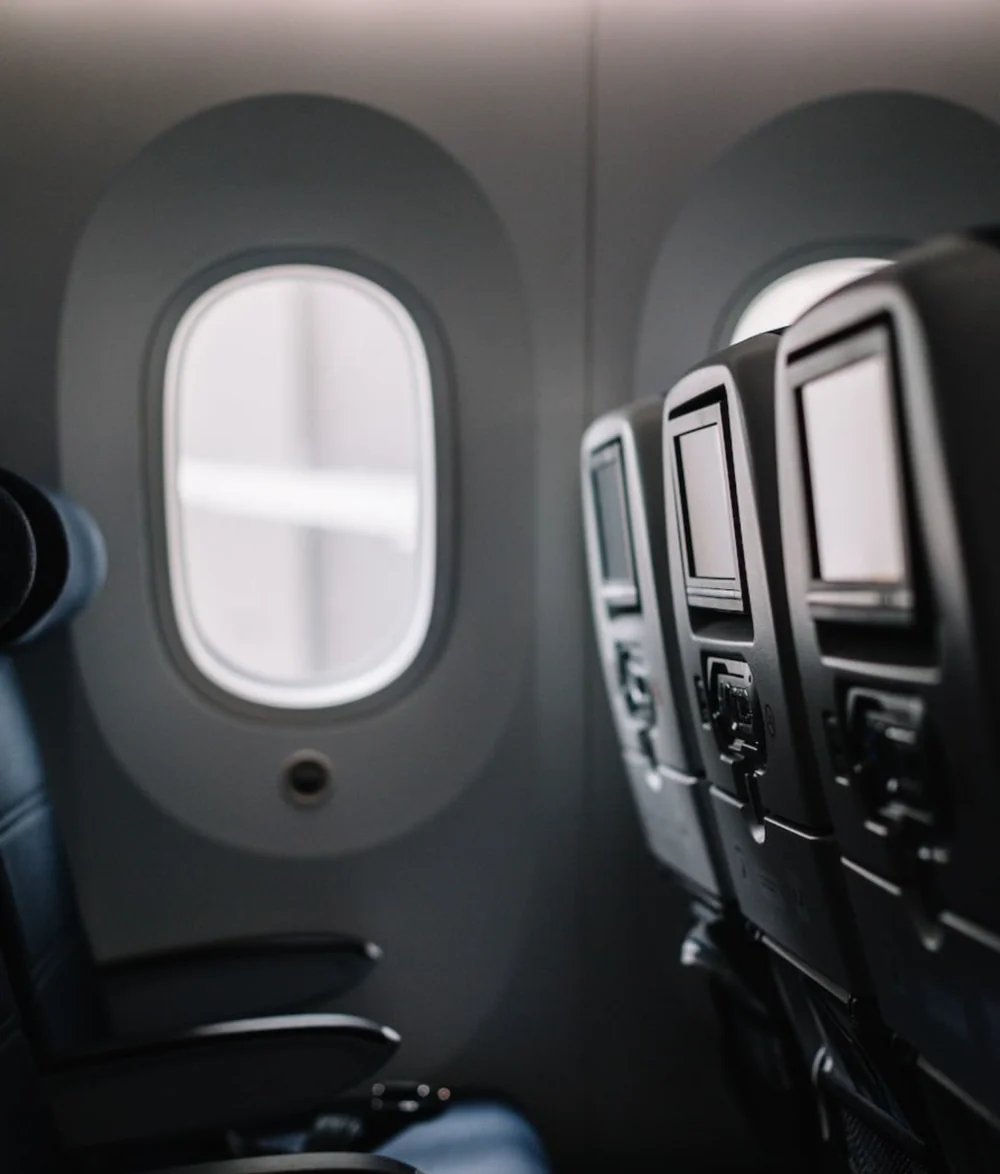
If you’ve been observant, you might have noticed a small hole at the bottom of an airplane window. This isn’t related to aesthetics but rather to the aircraft’s construction. This small perforation serves a specific function. It helps balance the pressure between the passenger cabin and the different layers of the window, maintaining uniform pressure across these layers and preventing the porthole from cracking or breaking.

Moreover, these holes also prevent the window from fogging due to temperature changes and allow moisture to escape. This helps prevent freezing of some window layers under adverse weather conditions or at very high altitudes.
It’s also worth noting that not only has the shape of airplane windows changed over time, but their construction has evolved as well. For one, the windows you see on airplanes are actually made of acrylic, not glass. Acrylic is a more durable material compared to glass.
Each airplane window consists of three layers. The outer layer is the thickest, designed to withstand the pressure from outside the aircraft. Next is another thick layer. The inner layer is the thinnest, as it only needs to handle the internal pressure of the cabin. Given their critical role in the aircraft’s structure, the safety of these windows is given special attention during routine maintenance checks.
Read also: Lesser-Known Pages in Aviation History: The McDonnell XF-85 Goblin Fighter
What is the future of airplane windows?
Technology is rapidly advancing, allowing for more client-oriented designs in aircraft windows. Ironically, while modern cutting-edge aircraft like the Boeing 787 feature much larger and less rounded windows compared to other passenger planes, the future may see a complete shift away from windows on aircraft, or at least for passengers. This is because the aviation industry aims to move faster and be more efficient, and even small windows can increase drag on the aircraft.
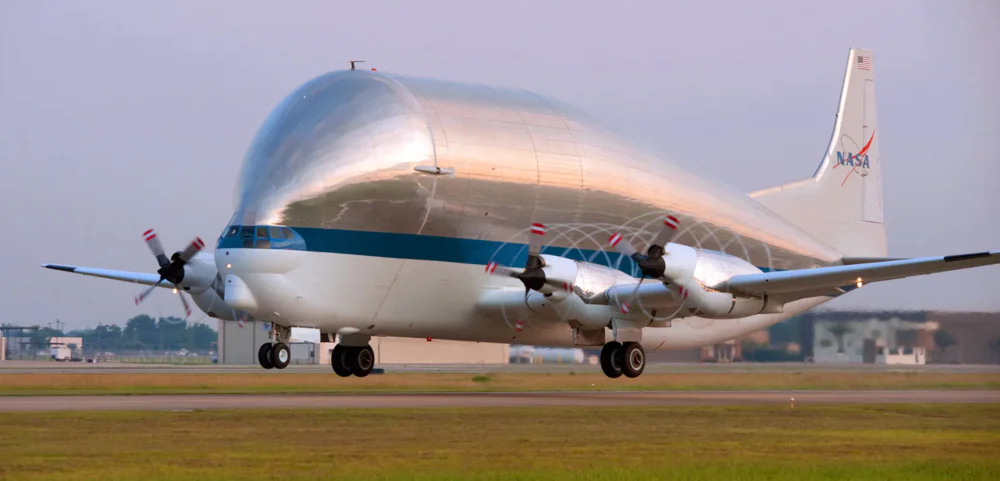
Currently, there are proposals to eliminate traditional aircraft windows altogether and replace them with video screens that mimic the appearance of windows. Even more extravagant concepts suggest transforming entire walls into video screens that display what’s happening outside.
What other ideas modern engineers and designers will come up with for aircraft windows is anyone’s guess. However, it’s clear that rounded windows have become ingrained in our cultural expectations of how they should look, and it’s unlikely that this will change anytime soon.
Read also:






